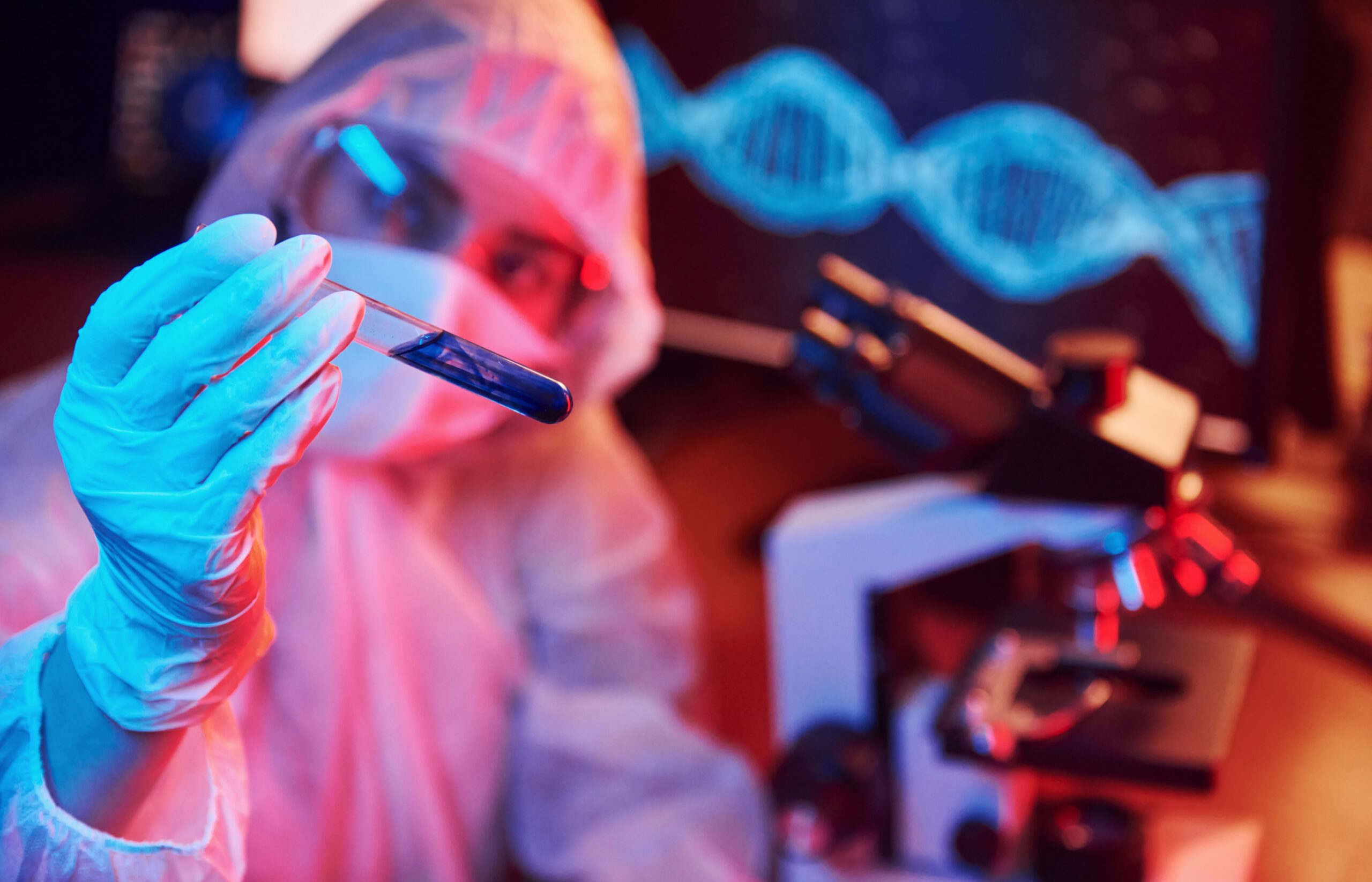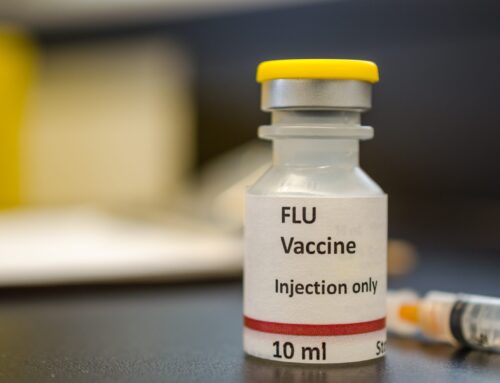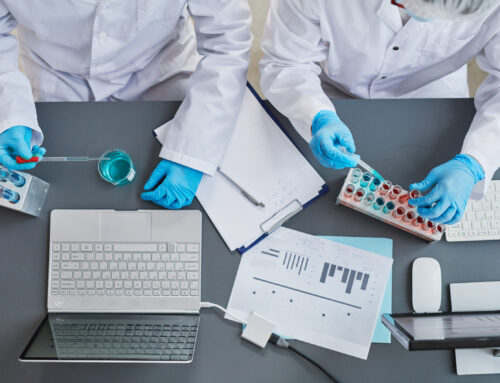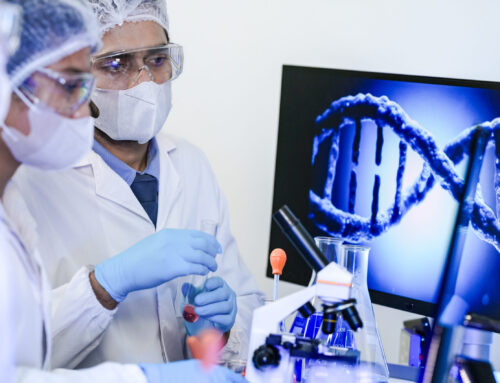Clustered Regularly Interspaced Short Palindromic Repeats (CRISPR) is a revolutionary gene-editing technology that enables scientists to precisely modify DNA in living organisms. It is based on a naturally occurring defense system found in bacteria and has rapidly become one of the most powerful tools in molecular biology, biotechnology, medicine, and agriculture.
What is CRISPR?
CRISPR refers to both a segment of DNA and the associated CRISPR-associated proteins (Cas), the most well-known being Cas9. Together, CRISPR and Cas9 form the CRISPR-Cas9 system, which can:
- Find a specific sequence of DNA within the genome.
- Cut the DNA at that location.
- Modify or replace the DNA sequence.
This system allows researchers to “edit” genes by removing, adding, or altering sections of the DNA sequence with unprecedented precision.
How CRISPR Works – Step by Step
1. CRISPR Origin in Bacteria
CRISPR technology is adapted from the natural immune system of certain bacteria:
- Bacteria use CRISPR to remember and destroy viruses that infect them.
- They store snippets of viral DNA in their genome (CRISPR array).
- When the virus attacks again, bacteria transcribe these snippets into RNA guides.
- These RNA guides pair with a Cas enzyme (like Cas9), which cuts the viral DNA, disabling the virus.
2. CRISPR in Gene Editing
Scientists have repurposed this bacterial defense for gene editing in other organisms:
a. Guide RNA (gRNA) Design
- A small RNA molecule (gRNA) is synthesized to match a specific DNA sequence in the target organism’s genome.
b. Cas9 Protein
- Cas9 is an enzyme that acts like molecular scissors.
- It binds to the gRNA and travels along the DNA to find the matching sequence.
c. DNA Cutting
- Once the Cas9-gRNA complex finds its match, Cas9 cuts both strands of the DNA at that site.
d. DNA Repair
- The cell tries to repair the break in two possible ways:
- Non-Homologous End Joining (NHEJ) – Quick but error-prone; can introduce insertions or deletions (used to disrupt genes).
- Homology-Directed Repair (HDR) – Uses a DNA template to repair the break accurately (used to insert new genes).
Why CRISPR is Important
1. Precision and Efficiency
- CRISPR can target specific genes with remarkable accuracy.
- It is simpler, faster, and more cost-effective than older gene-editing tools like TALENs or ZFNs.
2. Applications Across Fields
Medicine
- Gene Therapy: Correcting genetic defects causing diseases like sickle cell anemia, cystic fibrosis, and muscular dystrophy.
- Cancer: Engineering immune cells (like CAR-T cells) to better target tumors.
- Infectious Diseases: Potential to target and destroy latent viruses like HIV or herpes.
Agriculture
- Crop Improvement: Enhancing yield, resistance to pests, drought tolerance.
- Livestock: Producing animals with desirable traits, such as disease resistance.
Research
- Functional Genomics: Understanding what specific genes do by turning them off or editing them.
- Model Organisms: Creating animal models of human disease more efficiently.
Synthetic Biology
- Designing organisms with entirely new functions, such as bacteria that can break down plastic or detect toxins.
Ethical and Safety Considerations
While CRISPR holds enormous promise, it also raises serious ethical, legal, and safety questions:
Key Concerns:
- Off-target effects: Editing the wrong DNA sequence could cause unintended harm.
- Germline editing: Changes made to sperm, eggs, or embryos affect future generations—raising bioethical questions.
- Accessibility and inequality: Will CRISPR-based therapies be affordable and equitably distributed?
- Biosecurity: Potential misuse for harmful genetic modifications.
The 2018 case of the world’s first gene-edited babies in China (via CRISPR) intensified debate and led to calls for stricter oversight.
Future Directions of CRISPR
- Base Editing: Allows precise changes to a single DNA base without cutting both DNA strands.
- Prime Editing: A “search-and-replace” tool that may correct up to 89% of known genetic diseases.
- CRISPR Diagnostics: Tools like SHERLOCK and DETECTR use CRISPR to detect viruses (e.g., COVID-19) quickly and cheaply.
Summary
| Feature | Description |
| Tool | Gene-editing system from bacterial defense |
| Key components | Guide RNA + Cas enzyme (usually Cas9) |
| Function | Targets and edits DNA at precise locations |
| Applications | Medicine, agriculture, research, diagnostics |
| Significance | Revolutionized genetic science—faster, cheaper, and more accurate |
| Ethical issues | Human germline editing, unintended edits, accessibility |





